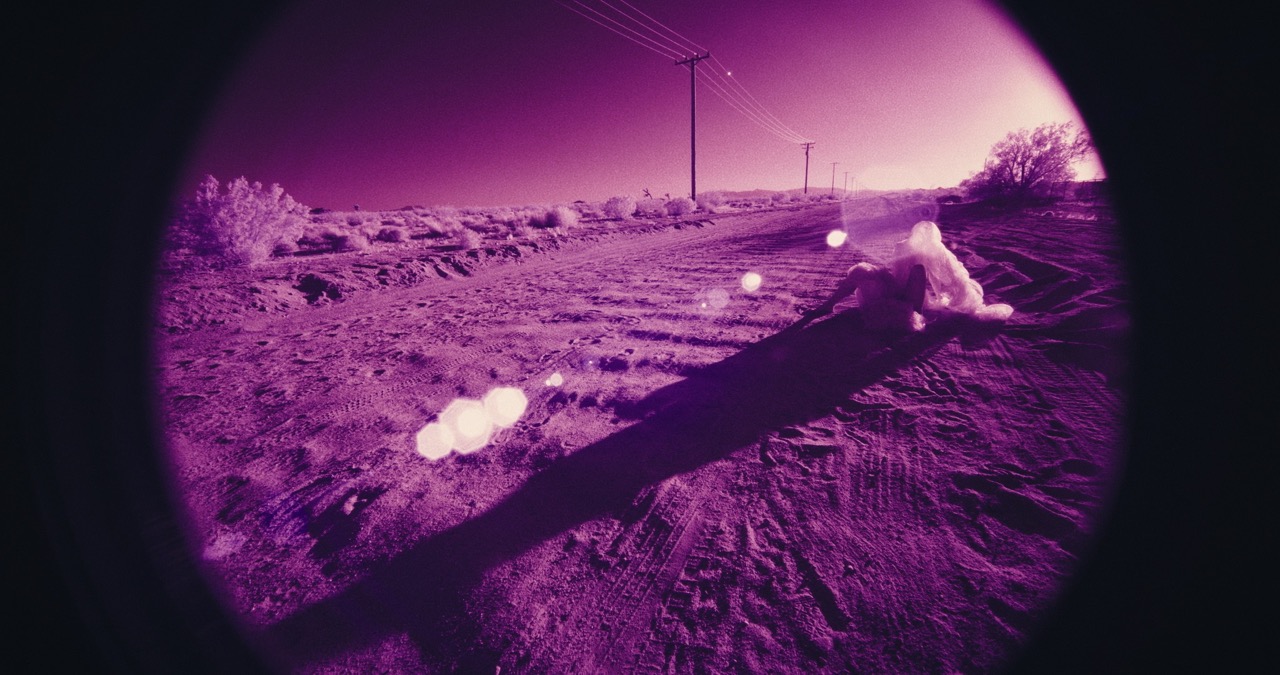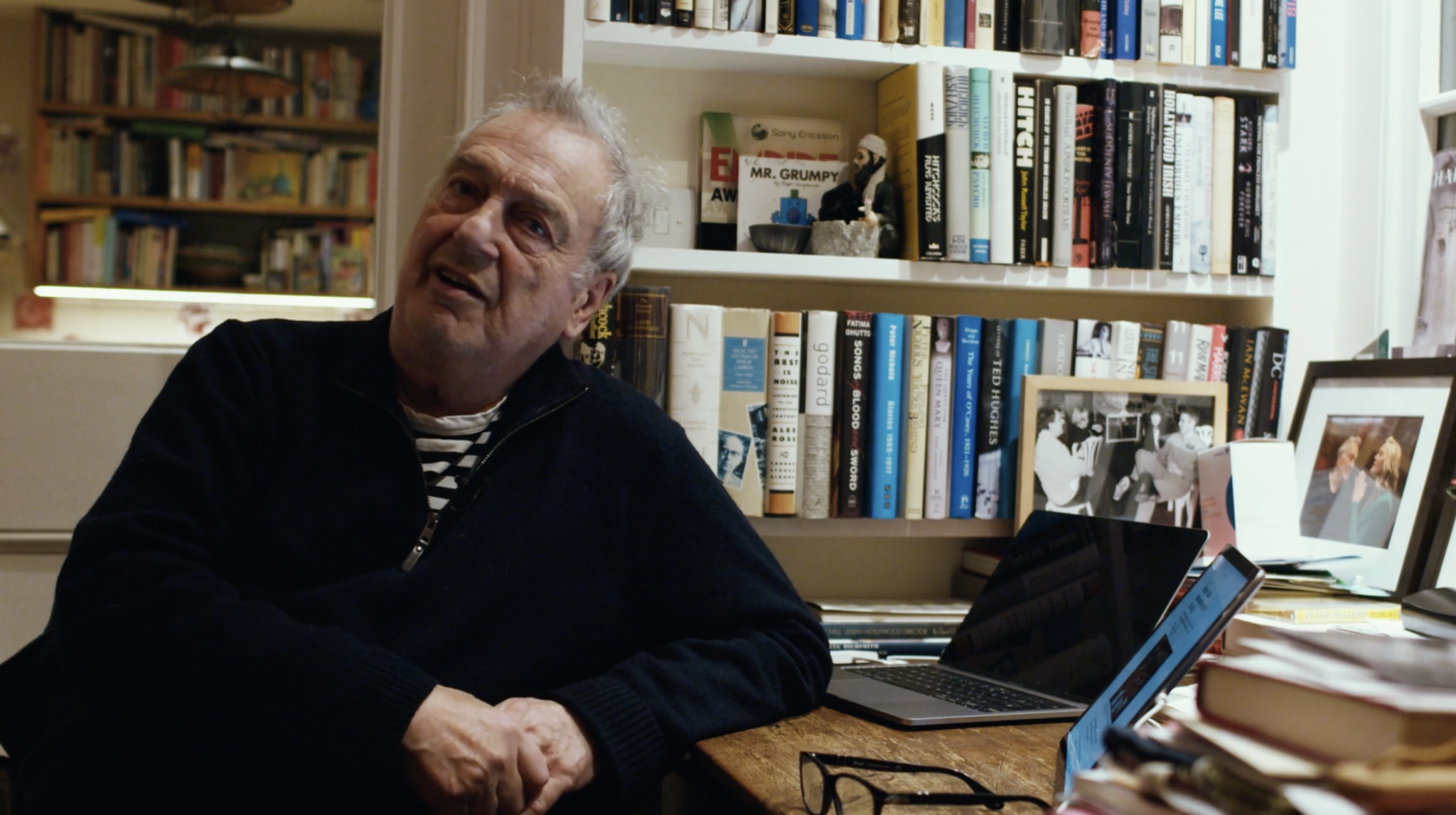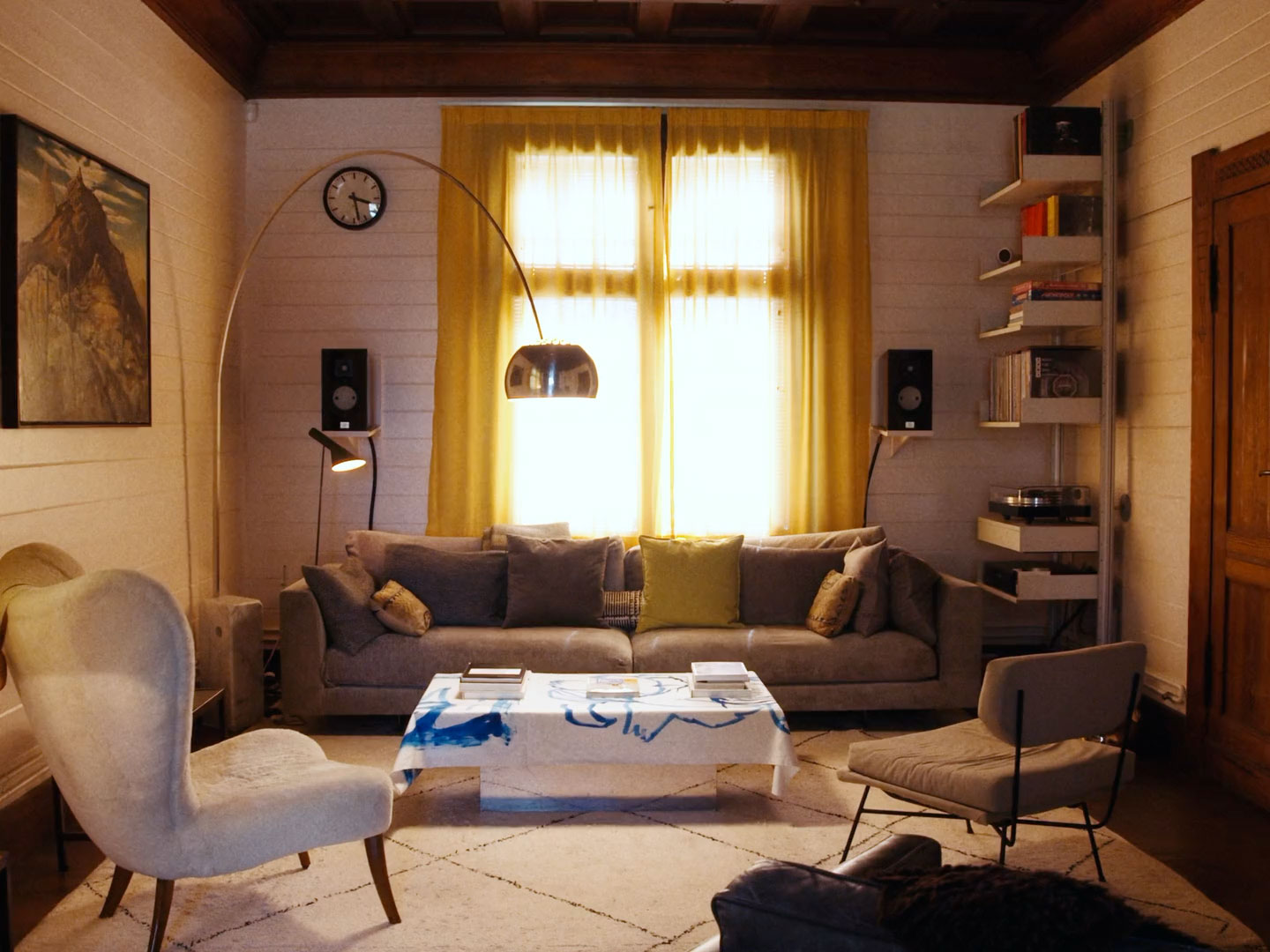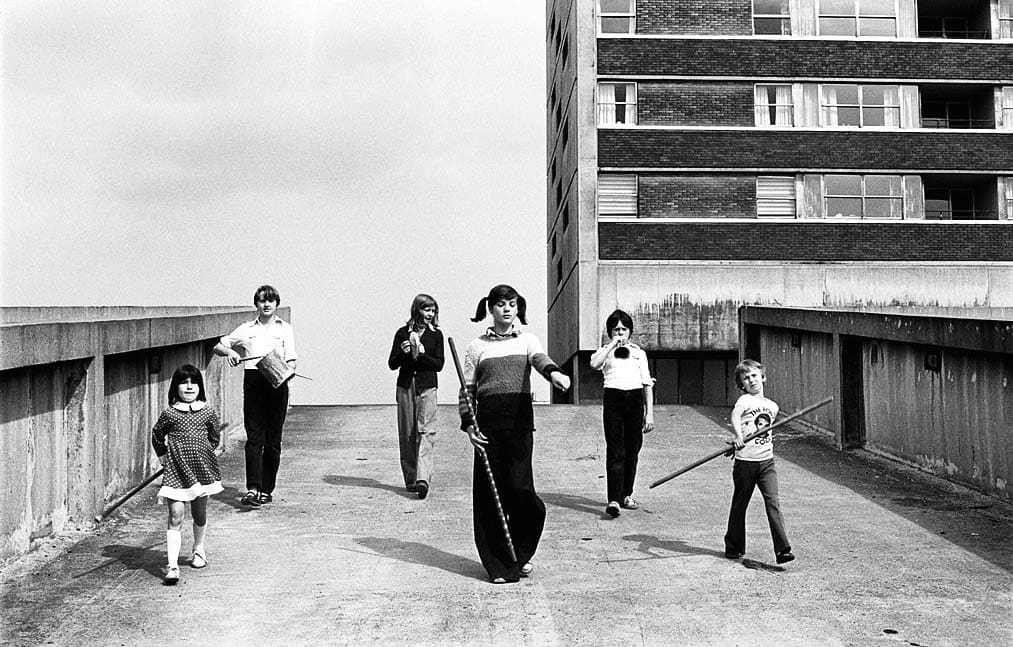
Tish, Paul Sng’s documentary about South Shields-born photographer Tish Murtha opens in the crimson haze of a dark room, as negatives are being developed. In voiceover Maxine Peak, playing Tish, reels off the current state of affairs: “High levels of unemployment have always been a hard feature of life…. The government’s extreme free market philosophy… Thatcher’s fantasies…” Sng’s portrait of the documentary photographer straddles these two chromatic tonalities in terms of its content, exposing the tender beauty and artfulness of Murtha’s images of life in the Northeast, whilst at the same time remaining faithful to the political fire that drove her to document it in the first place. As one interviewee notes: “Memories are in black and white but the blood is always red.”
At first glance, Tish might seem to belong to a canon of ‘discovered artists’ documentaries: Finding Vivian Meier or Searching for Sugarman, to name two. However what sets Tish apart is Sng’s sensitivity to pursuing an ethical methodology. The documentary was made in close collaboration with Ella, Murtha’s daughter, who interviews all the film’s subjects, which include her mother’s siblings, former teachers, friends and collaborators. Part-elegy – Murtha tragically passed away in 2013, at the age of 56 – part-fevered inquiry into the life of an artist who maybe never realised her full potential, any epistemological desire is foiled by deep sensitivity and empathy –the kind that necessarily means maintaining a respectful distance.
On the occasion of Tish’s release, A RABBIT’S FOOT spoke to Paul Sng about Maxine Peak, Murtha’s unwavering politics and how to bring a subject to life.

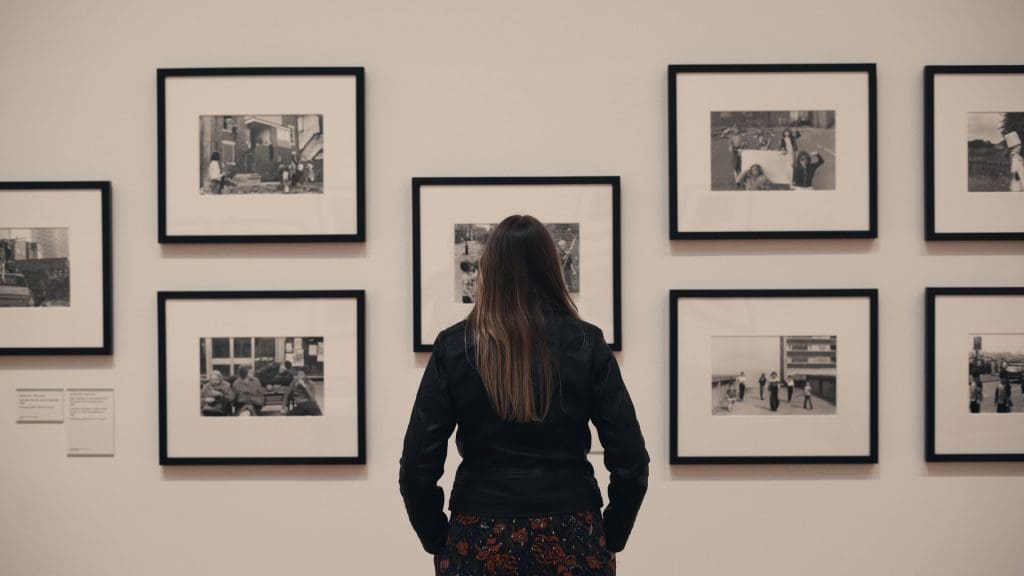
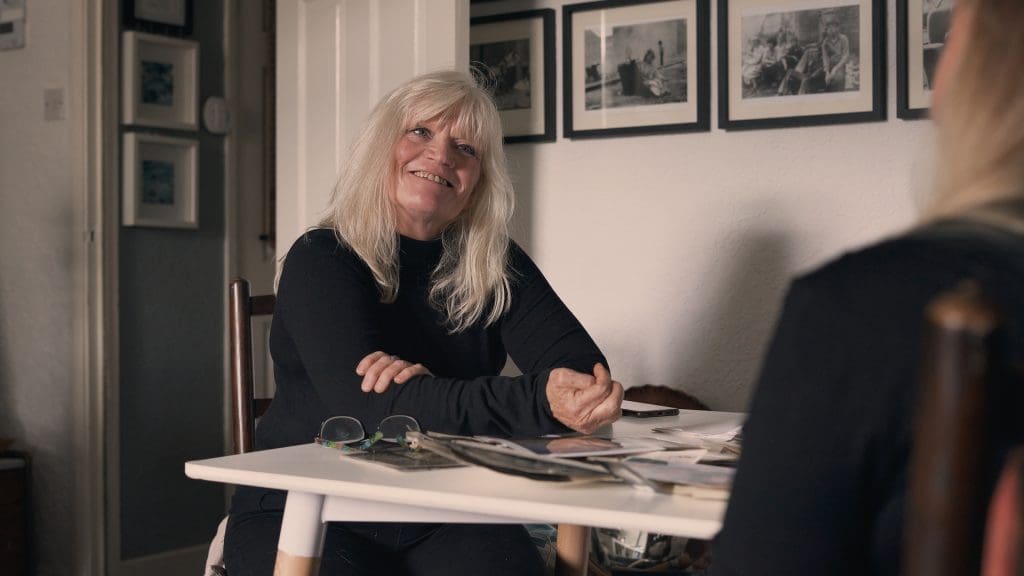

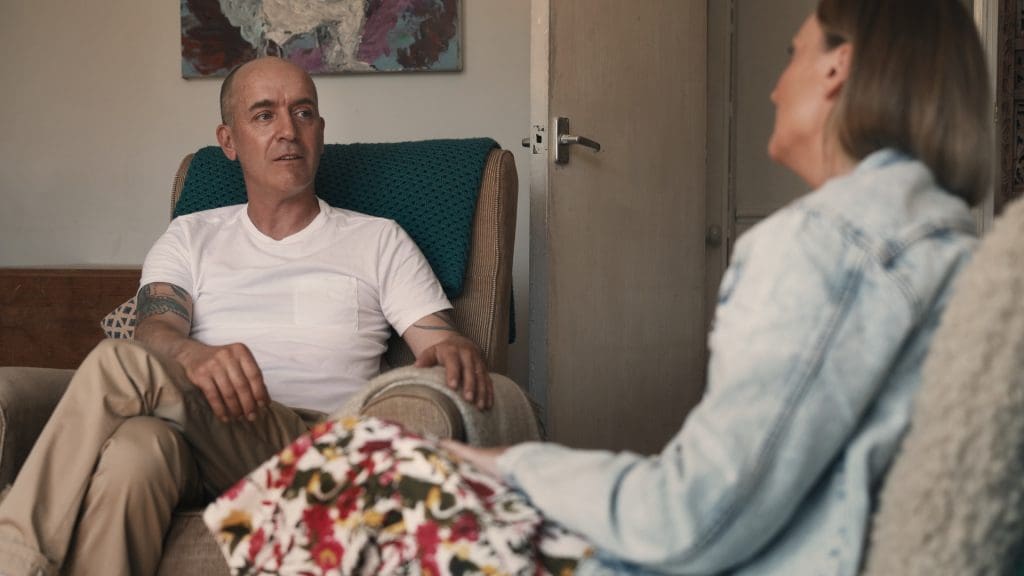
ARF: How did the project come about?
Paul Sng: I first saw a photo by Tish in 2016 – the one of kids jumping onto the mattresses from the second floor window, and it reminded me a bit of my childhood. And the more I looked at her work, I just fell in love with it. I fell in love with her empathy for people as well as the images themselves. And then reading some of the essays that she’d written and learning about her process and how she was very inclusive drew me towards her, because I think it’s obviously important what you make, but in documentary it’s just as important how you make it.
I knew Ella, Tish’s daughter, from online, but we’d never met. And I messaged her in 2020, in the middle of lockdown, asking if she’d ever thought about making a documentary about her mum. She said she’d been approached loads of times and wasn’t interested, but said we should have a chat anyway. So we had a really long, lovely phone call and then we met up in person. And we just spoke about the kind of film we might make. I said to her: “what do you want to do with this?” And also “what don’t you want to do with it?” And we were aligned in terms of how we saw the film. Then we found our producer, Jen Corcoran, who, like Ella, is a working-class woman from the Northeast. And off we went.
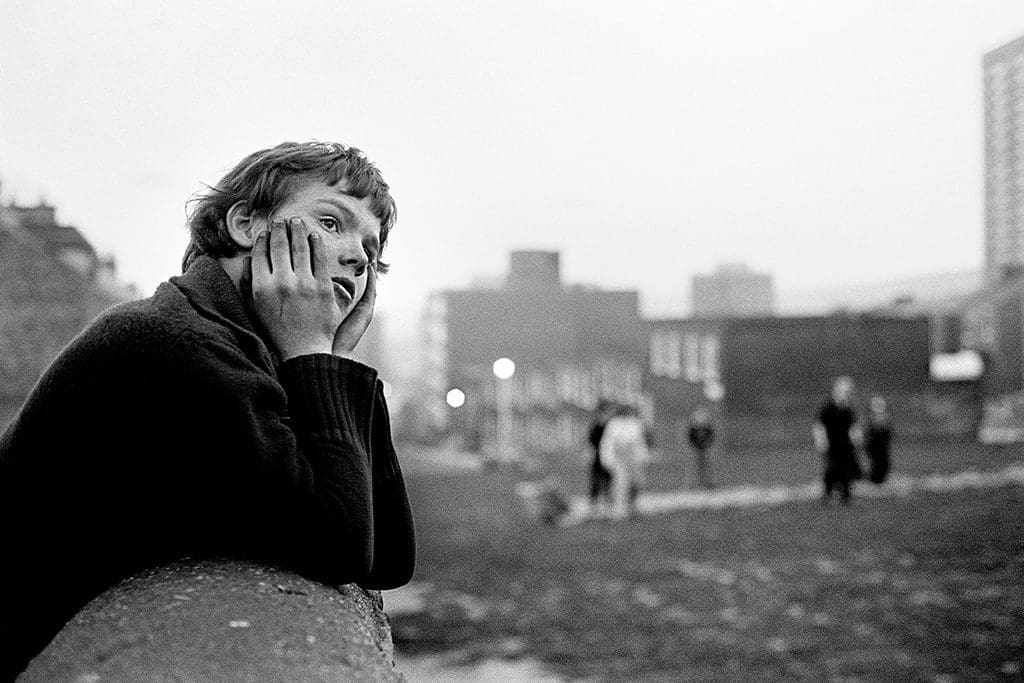

ARF: What was it about your vision that aligned? I’m wondering what other filmmakers or documentary makers had perhaps misunderstood.
Paul Sng: For both of us, it needed to be a political film. We weren’t just going to show these great pictures and not talk about Tish’s political intent and that she used the camera as a weapon to document inequality. And another thing was that the people Ella meets in the film could only be people Tish had met, even if it was only once, and most of them knew her very well. We also wanted to draw a parallel to the present day, because I think the problems – in terms of inequality – that Tish was talking about 40 years ago never really went away, particularly in The North. It needed to be a film that was made in The North and kind of had that lens on it.
I think what Ella didn’t want and what we deliberately avoided was to try and sensationalise Tish’s life. There are some questions that come out of the film that people might ask. Like how come Ella’s father isn’t in the film? Well it’s because Ella didn’t want to. I’m not the kind of filmmaker who is going to antagonize someone I’m working with. We were partners in this, working with the rest of the team. It was about being able to establish trust and to know that we would have Tish’s best interests at heart.
ARF: Ella mentions at the start that creating the film also came from a place of grief. Maybe it’s for her to say, but do you think the process was cathartic?
Paul Sng: Yeah, she previously said that she found it quite cathartic. She started at a point where she felt a lot of responsibility for her mum not having more success whilst she was alive. And she realizes during making the film that she isn’t responsible, that there were other factors at play. And there’s a nice moment when Daisy says to her: “you were the best thing that ever happened to her”. And you can see Ella’s face. It’s a lovely thing to watch someone realizing that. She realises, well, there are all these systemic biases and inequalities and not exactly prejudices against working class women. If Tish had been a middle or upper class man, there’s nobody that would ever have said, oh, she’s difficult, she’s angry. She’d have been called mercurial, a maverick. But because she was a woman, because she was working class, she was labeled by certain people as this angry person. And the thing is, she couldn’t compromise on things, her values and her ethics, that were very important to her. And that’s something to be admired, when you’re directing something and working with a team of people.
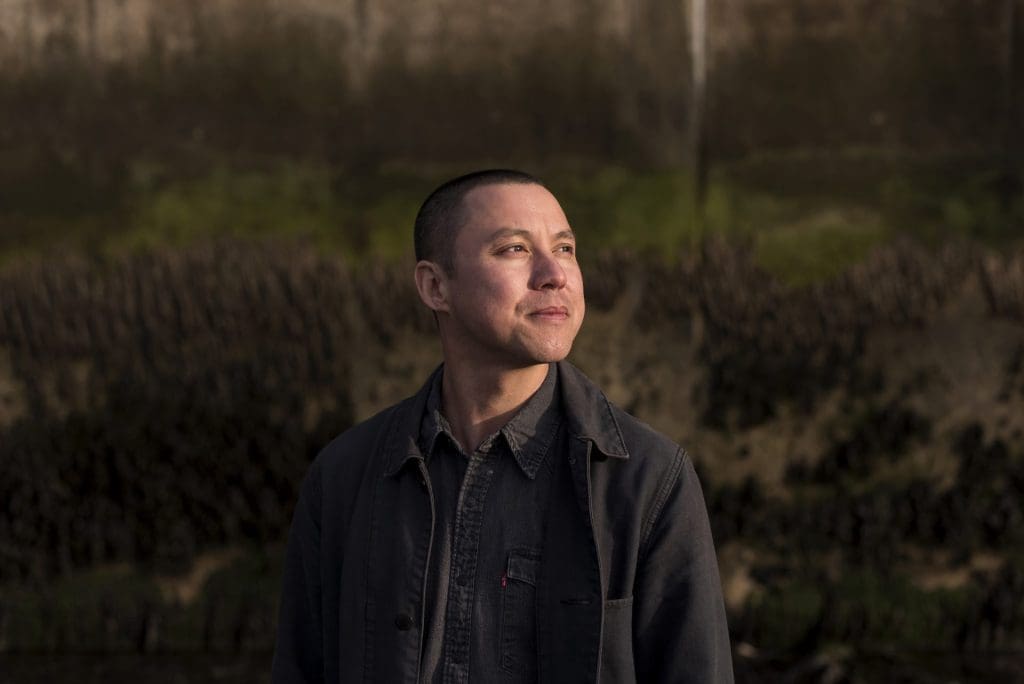
You always have to find your link to a project. You don’t necessarily have to tell anybody what your attachment is. But for me, I knew what it was very early on. I’m from a single-parent, working-class family, the same as Ella, and my mum gave up a lot for me. That was the thing I could connect with Ella on initially. But then, as we got into the film, there were things that I could relate to in terms of having been labeled difficult or troublesome. Ultimately, I think [Tish] didn’t get to where she should have in her lifetime. She might, in another world, have been successful, but having compromised all of her ethics. And I don’t think she would have been happy doing that. I admire her for being steadfast to those principles.


ARF: She feels like this very person who really knows herself and her artistic mission to a fault, which is quite incredible. It’s a political mission of this film to sort of showcase what life is like for certain groups of society. But I guess we also have this image of artists, as a kind of rich but bohemian thing, but the reality for a lot of artists is you can’t make a living. And was that something you were thinking about?
Paul Sng: It’s probably only in the last couple of years I’ve been able to make a living purely from being a filmmaker, and I’m not comfortable or confident that that will remain permanent. Who knows what’s going to happen? So knowing that Tish found it so difficult when she had that much talent, when she’s among the crème de la crème of British documentary photography. It makes you question whether you can, and it’s difficult. I’ve got in a lot of debt in the process of becoming a filmmaker, and it’s hard, but you keep doing it, I think, because if you have stories to tell and they’re important. You have to scratch that itch and try and make them in some way or another.
ARF: I also wondered about the formal question of incorporating still images into a (moving) documentary? How did you approach that tension?
Paul Sng: From the beginning, I said we need to just present these images as Tish intended in terms of their framing and not be zooming in and doing any weird effects. We obviously had a massive archive of images and the challenge was to try and bring Tish to life. There’s no audio or video archive of Tish. But what we did have was lots of letters and diaries and postcards and we just needed to find someone that could narrate them with empathy and intent. And Maxine Peak was the first choice – the only choice, really – because she’s a working class Northern woman who shares the same politics as Tish. She’d already read her youth employment letter, for example. We also wanted to create what we called a memory space. So a couple of rooms in Tish’s house were designed to the exact spec. And we brought in an actor who plays Tish’s body and is the exact same size as her. It’s not reconstruction – it’s more a feeling. You’re hearing this voiceover and you need to see something different other than Tish’s images. You needed to ‘see’ Tish.
ARF: From a personal view, were there any kind of mysteries that remained about Tish? Were there any things that you couldn’t know or discover, that you still have questions about?
Paul Sng: Yeah, definitely. You know, the signature image of Tish that’s on the poster and everything where she’s sort of looking at the camera. I’d love to know who took that, because it wasn’t Tish. It was on Tish’s camera. So it was obviously someone that she knew and trusted. And it’s a brilliant photograph. Not anyone can take that photograph because she looks beautiful, she looks intelligent, she looks enigmatic. But I don’t know who took it and neither does Ella, so I would love to know who took that. But it’s always good to have a mystery that you don’t solve, I think.
Tish is released November 17th by Modern Films


